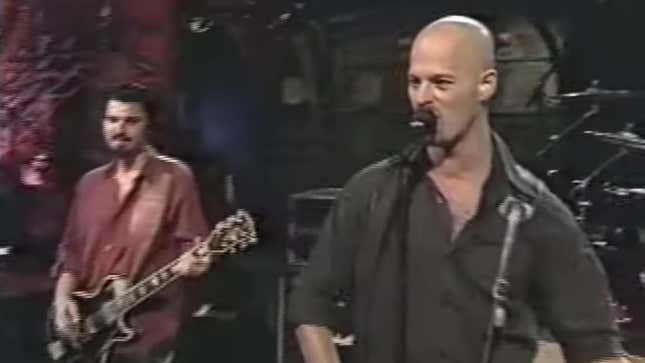
In May 1968, Johnny Cash released Live At Folsom Prison, a recording of a raucous, emotionally charged performance before a group of grateful inmates that went on to top the country charts, completely reinvigorating Cash’s career. Folsom wasn’t the first successful live album, obviously, but it quickly became a paragon of its potential. In its wake, it seemed, every major artist felt compelled to release one, creating a ’70s heyday for the live album in which several classics rivaled or even surpassed studio efforts: The Who’s Live At Leeds. Cheap Trick At Budokan. Jimi Hendrix’s Band Of Gypsys. Frampton Comes Alive! And so on.
Despite some sporadic hits from the likes of U2, Bruce Springsteen, Nirvana, and Garth Brooks, the live album gradually fell out of favor as the ’80s and ’90s wore on, viewed increasingly as the self-indulgence of rock dinosaurs. (“Does everyone remember the Foghat rule? Your fourth album should be double live,” Bob Odenkirk joked in Yo La Tengo’s video for “Sugarcube,” fairly summing up the indie attitude.) But while there haven’t been as many universally regarded live albums in the 2000s—in an age that has also largely devalued the “album” itself—it’s still given us plenty of worthwhile examples. Here are some of them.
